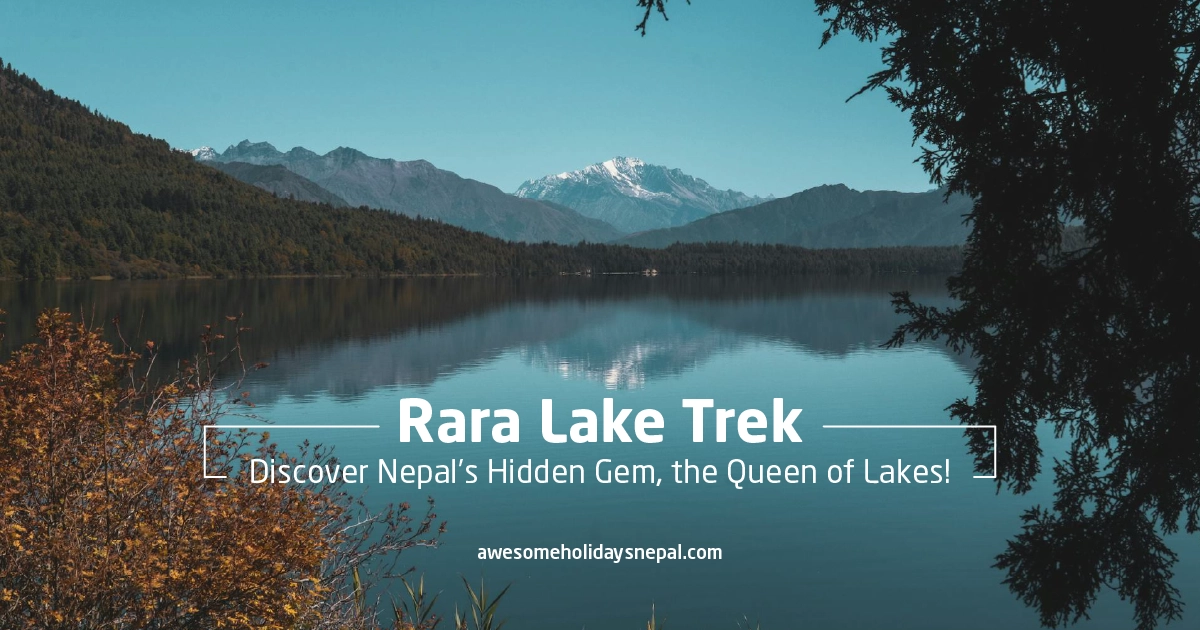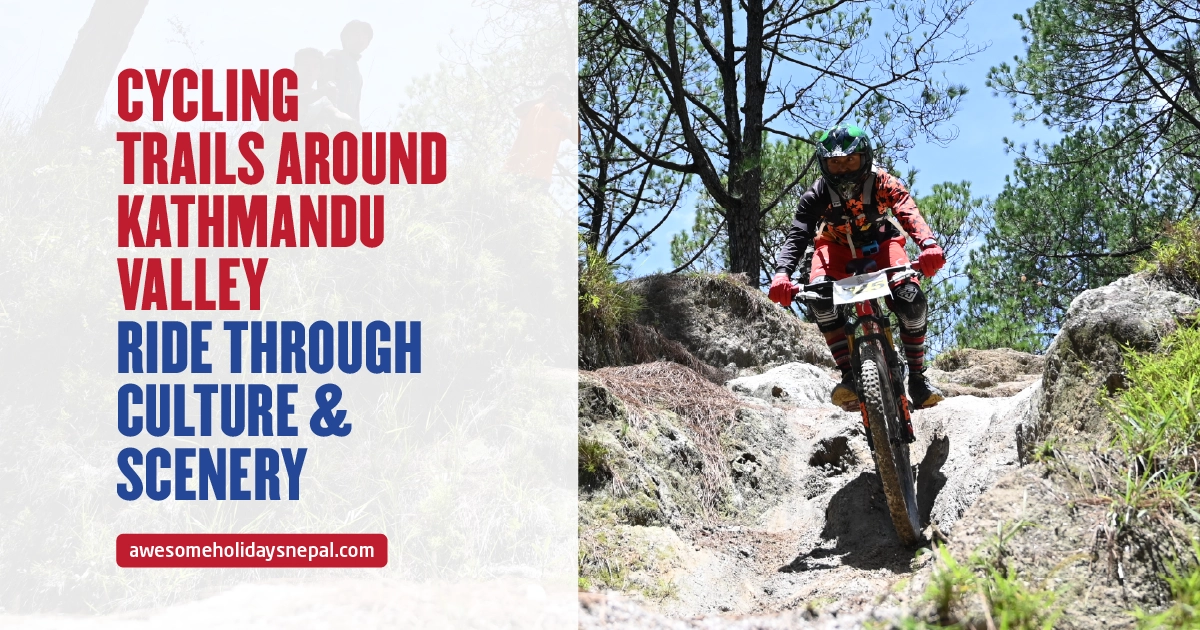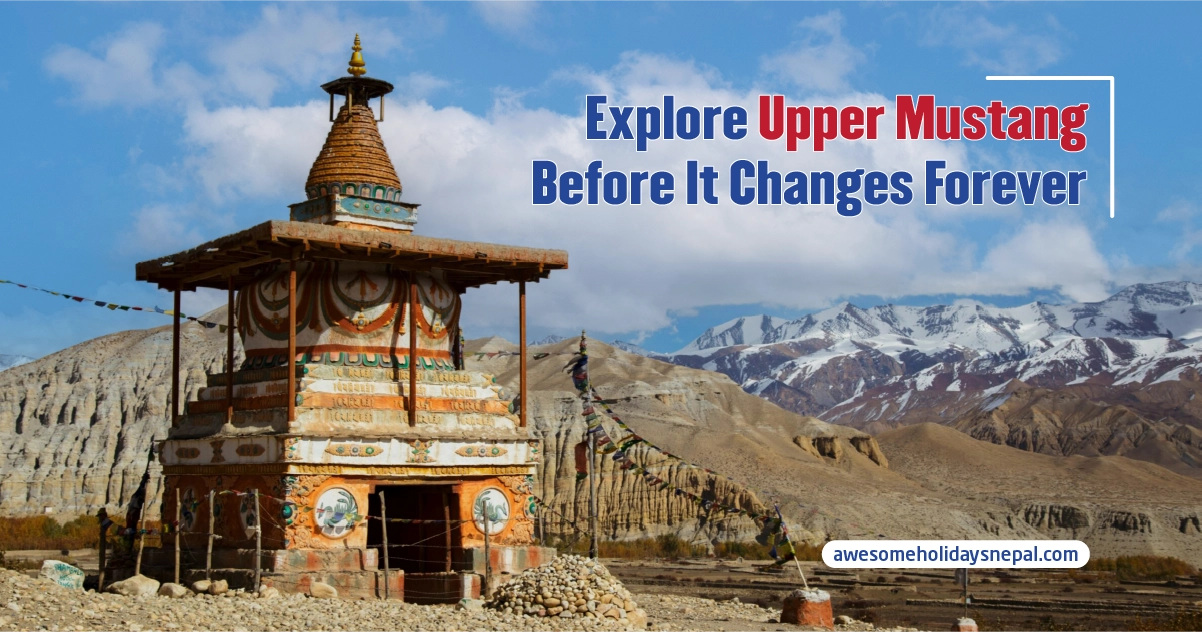The Mystery of the Green Boots on Mount Everest
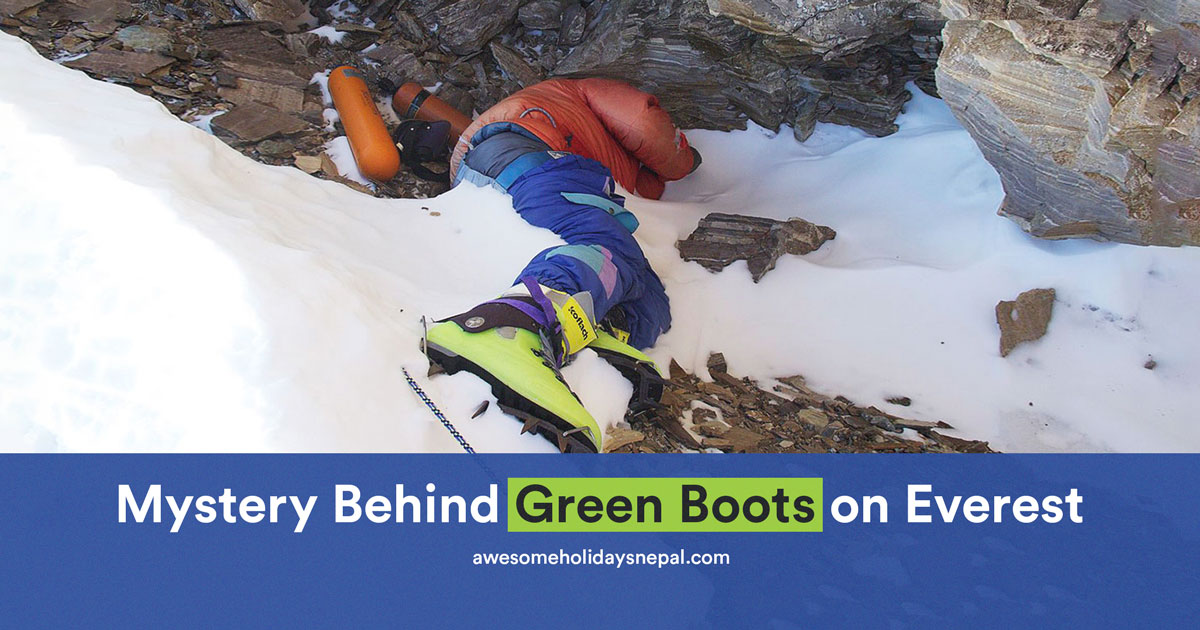
The Green Boots on Mount Everest is one of the most haunting and recognizable landmarks on the world’s highest peak. This frozen body of Tsewang Paljor, who was wearing the green boots, lying curled in a limestone cave near the summit, has become a creepy waypoint for climbers ascending the Northeast Ridge of Mount Everest.
Mystery on Mount Everest:Who was the Green Boots?
While there is no official confirmation, most climbers and mountaineers believe that Green Boots is the body of Tsewang Paljor, an Indian climber. Tsewang Paljor was born on April 10, 1968, in the small village of India. Since his early childhood, he had a passion for mountains.
Later, he joined the Indian police and became a part of the Indo-Tibetan Border Police (ITBP). The head of the constable got the chance to conquer the top of the world in 1996 at the age of 28. The team ascended the Everest from the Northeast Ridge route.
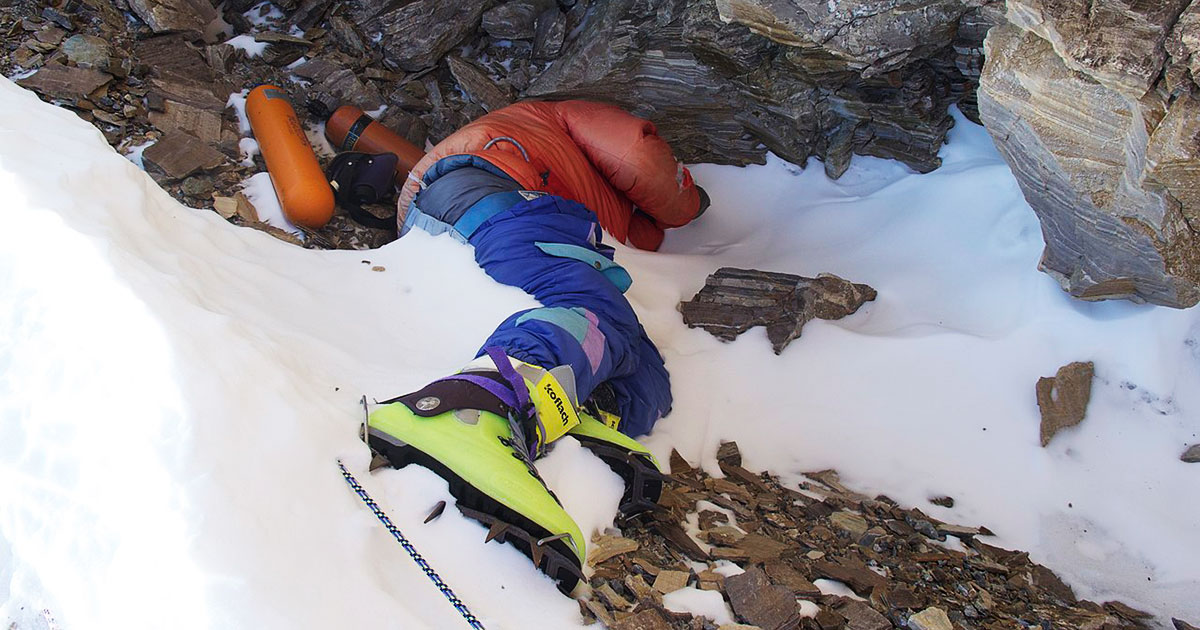
It is said that they did not hire any sherpas during their expedition. They suffered the harsh weather and lost their way. As the storm intensified, communication with base camp was lost. He and his two teammates encountered a fierce blizzard that ultimately led to their deaths.
His body was later found curled in a cave at approximately 8,500 meters, where it has remained ever since. Paljor, recognized by his distinctive neon-green Koflach boots, became an accidental landmark on Everest
The Death Zone: Where Green Boots Rests
The area above 8,000 meters on Everest is called the “Death Zone” due to its extremely low oxygen levels, harsh weather, and life-threatening conditions. The human body cannot survive long in this region without supplemental oxygen. Many climbers who perish here are left where they fall, as retrieving bodies is often too dangerous. A mountain like Manaslu is even called the killer mountain because of its extreme death zone.
The Green Boots rest in a small cave on the Northeast Ridge, an area many climbers pass on their way to the summit. Over the years, his frozen form has become an ominous waypoint, signaling the dangers that lie ahead.
Who Identified the Green Boots First?
For years, the climbers attempting the north ridge passed by a pairs of green boots. Some even used the cave called “Green Boots Cave” at an altitude of 27,890 feet as a temporary resting spot, sitting beside the frozen body to catch their breath
British filmmaker and climber Matt Dickinson recorded the first video footage of Green Boots in May 1996. The footage was included in the Brian Blessed documentary Summit Fever.
Koflach is a famous company that produces various equipment for climbers. When a body was found on Everest with a pair of bright-green Koflach boots by climbers under a cave, it became a symbol of courage to the climbers globally. Collecting information and the film’s narration described the unidentified climber as from India and was later confirmed as Paljor.
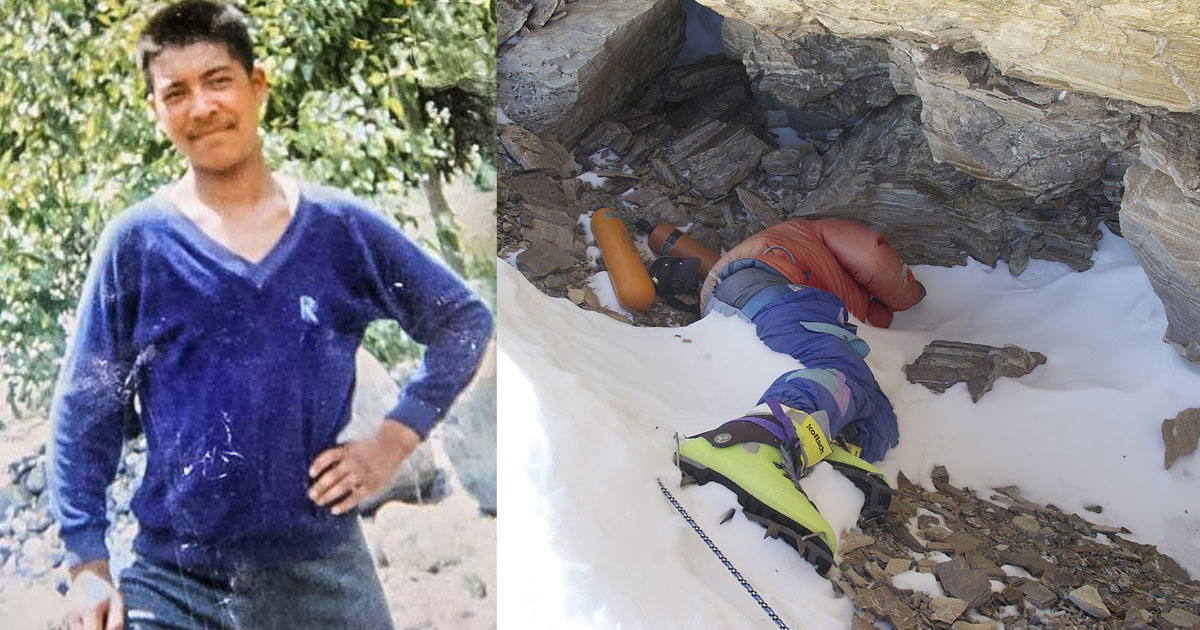
The Disappearance and Reappearance of the Green Boots
In 2014, reports emerged that Green Boots had disappeared from his cave, leading to speculation that he had either been moved by an expedition or buried under snow and ice. It was moved to a less conspicuous location by the members of the China Tibet Mountaineering Association, which is responsible for managing the north side of Everest. However, in 2017, climbers noticed that the missing body again reappeared, possibly as part of an effort to reduce the number of visible corpses on the mountain.
Should Green Boots Stay on Everest Forever?
The case of Green Boots has raised a debate about whether the corpses should be left on Everest as a warning and memorial or should be removed for the dignity of the deceased. Many climbers have argued that the risk involved in retrieving the bodies, while others argue that they deserve a warm farewell from family and relatives.
The high-altitude rescue and removal of bodies require extraordinary effort, often costing thousands of dollars and risking additional lives. For this reason, many climbers remain on Everest, their bodies becoming part of the mountain itself.
Why is it Difficult to Retrieve Bodies from Everest?
Retrieving a dead body from the death zones of Everest is extremely risky due to the high altitude and lack of oxygen. In addition, the costs for retrieval of the corpses range from $30,000 to $70,000. Ice, crevasses, and weather conditions make body recovery nearly impossible.
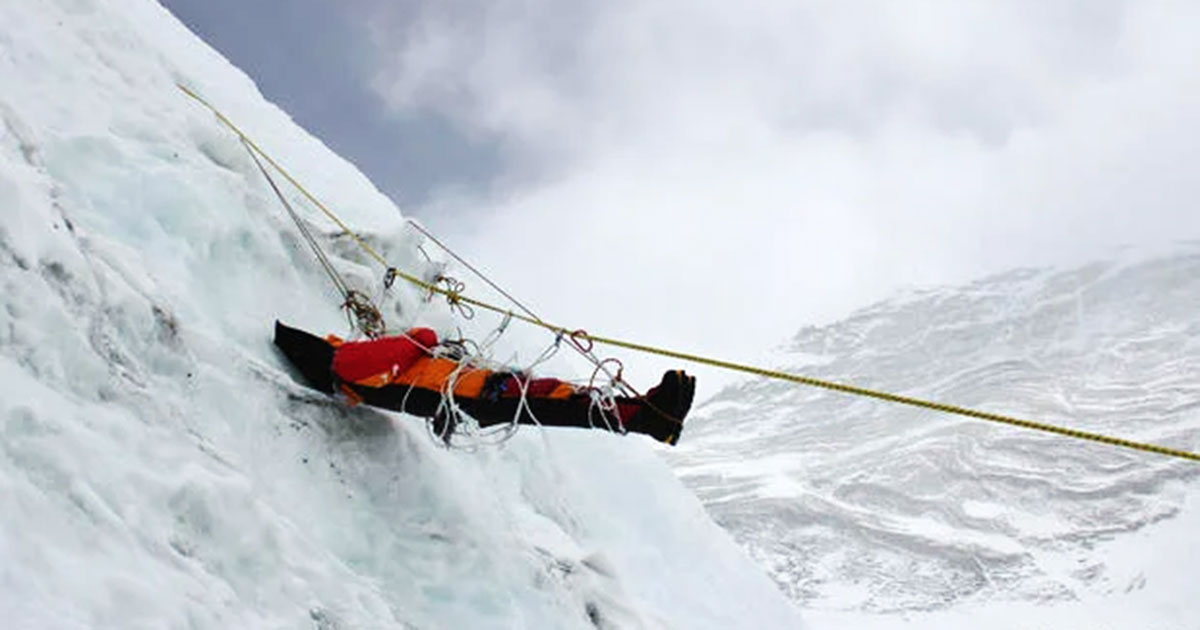
The Death Zone: Why It’s So Deadly
The death zone is the region above 8,000 m above sea level where the human body cannot breathe properly due to lack of oxygen. Beyond this deadly level, the human body literally starts dying due to extreme environmental conditions, a strong wind, and a narrow trail.
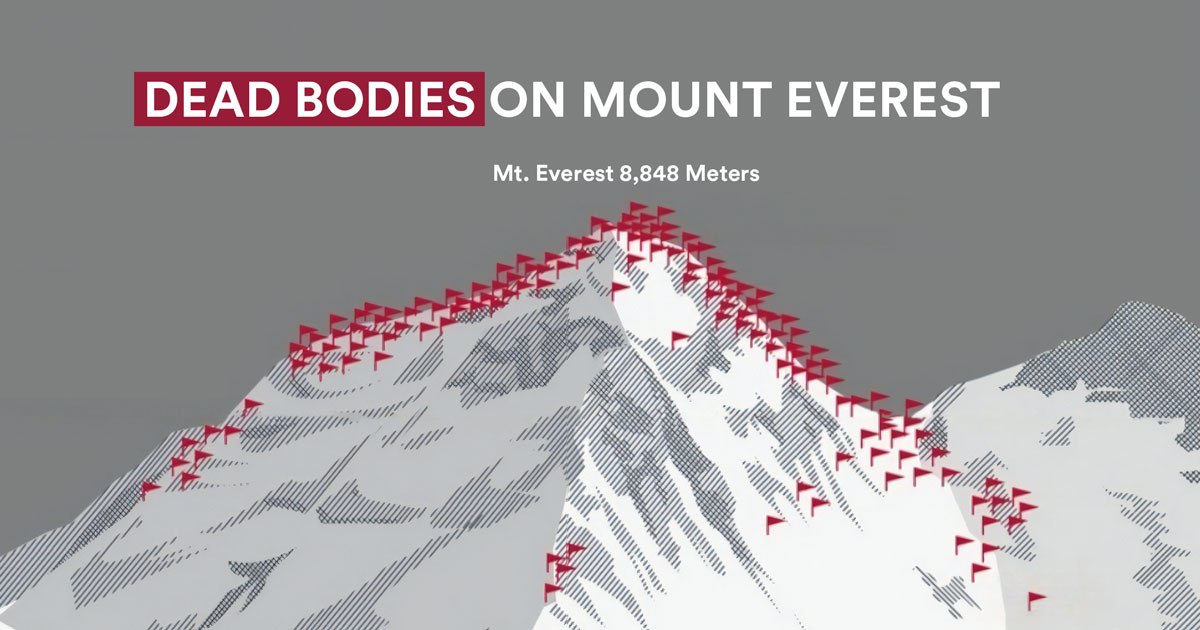
The green boots are one of the most well-known yet haunting features of Everest’s infamous “Death Zone.”
How Many Dead Bodies Are on Everest?
The Green Boots are not the only body stuck on Mount Everest. Dozens of other climbers remain silent and immobile on the mountain, many preserved in the ice. Some of the most well-known include “The Sleeping Beauty,” David Sharp, and “The Rainbow Valley,” named after the brightly colored jackets of fallen climbers. Mostly, the body either remains uncovered from the rainbow valley or is sometimes retrieved, costing an arm and a leg.
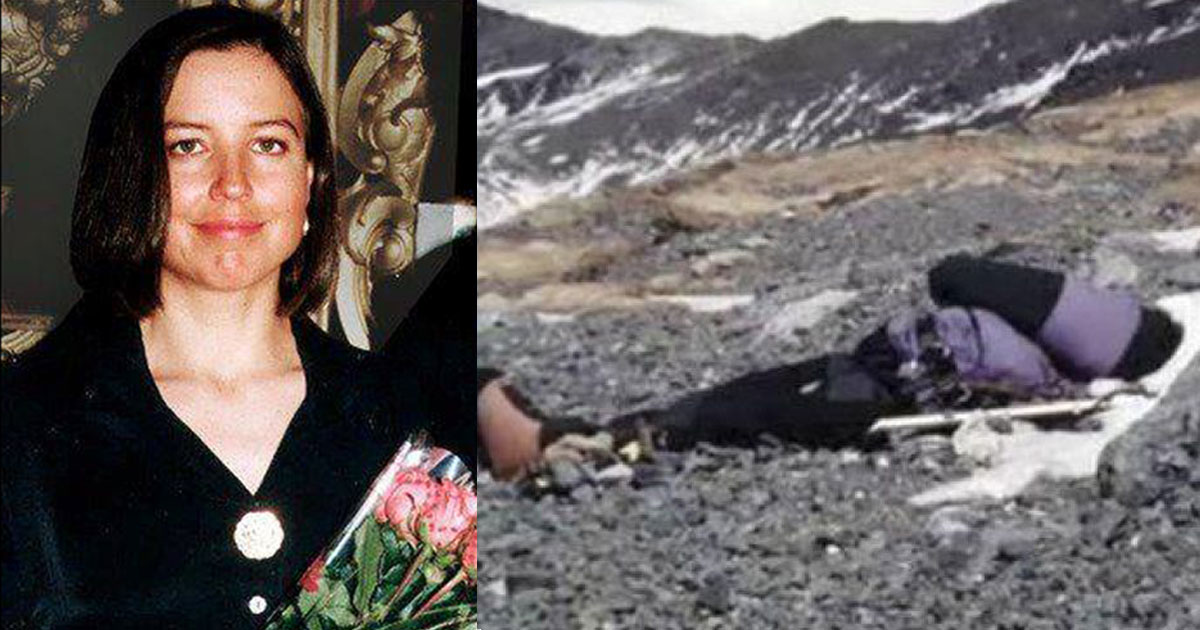
There are estimated over 300 bodies on Mount Everest. Only a few are visible, while others are buried under ice and snow.
Efforts to Clean Up Mount Everest
As the Nepalese and Chinese governments have made efforts to clear Mount Everest of waste and abandoned bodies, it is uncertain whether Green Boots will remain a visible part of the mountain’s history. Recovery of a dead body is itself another challenge in high mountains. Time and again, we are losing a greater number of people who try to retrieve another corpse from Mount Everest.
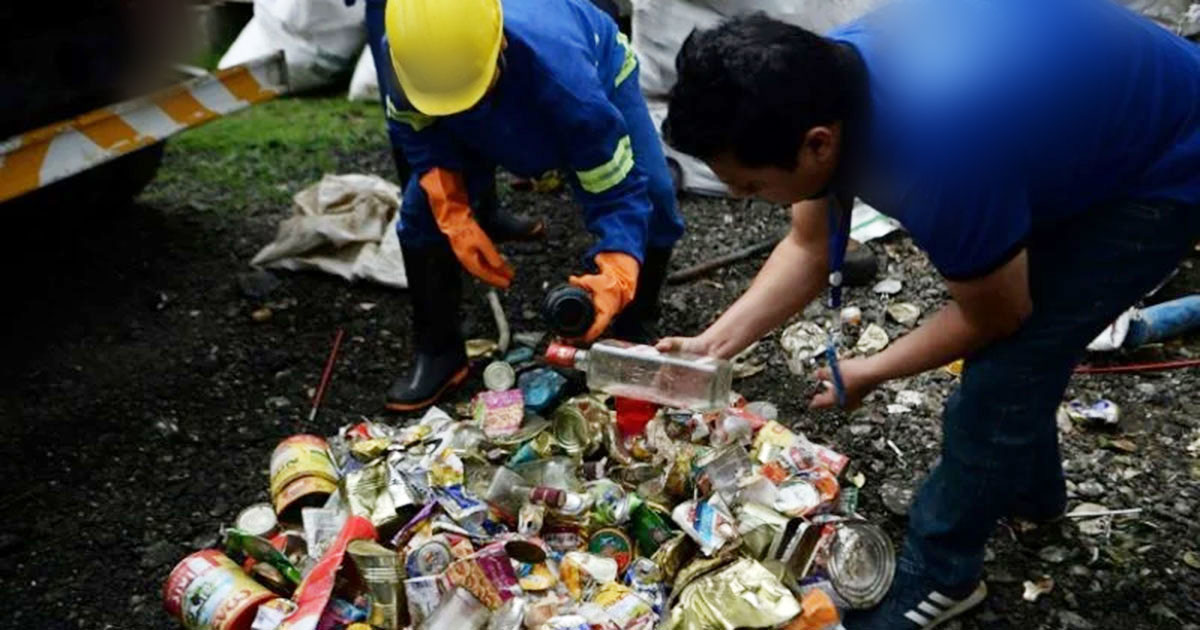
However, the Nepal government, China government, and private expeditions are into removing waste and bodies from Mount Everest and other mountains of Nepal and China.
A Haunting Reminder of Mount Everest’s Toll
The story of Green Boots is not just a haunting mystery but a solemn reminder of the dangers that lurk in Everest’s Death Zone. The mountain, with its unforgiving terrain and thin air, has claimed countless lives, turning its icy slopes into a graveyard of frozen history.
Yet, beyond the chilling tales of those who perished, Everest also carries a lesson—one that calls for more responsible and eco-friendly mountaineering. Sustainable mountaineering practices, ethical climbing, and reducing waste can help preserve Everest for future generations while ensuring that no more climbers are left behind to become part of its ghostly past.
Perhaps the greatest tribute to those who never returned is to climb with awareness, honor their memory, and protect the sacred beauty of the Himalayas. Everest will always be a place of awe and tragedy, but with mindful action, it can also remain a beacon of human resilience and respect for nature.
Related blog posts
Discover a choice of tourist destinations loved by most of our visitors. Whether you're on a jungle safari to spot rare animals or walking through a world heritage site, these well-planned itineraries cover the major highlights of Nepal.


